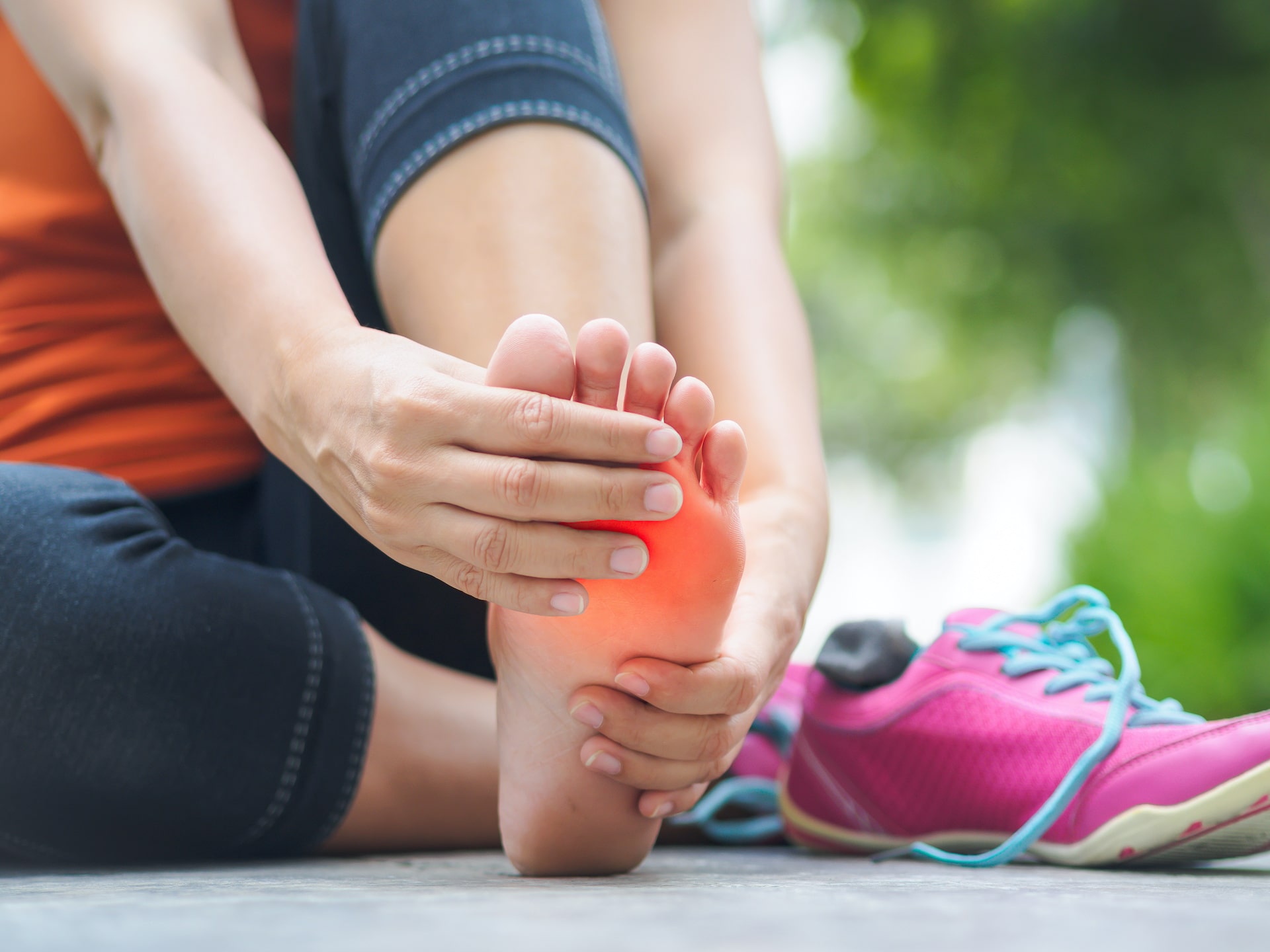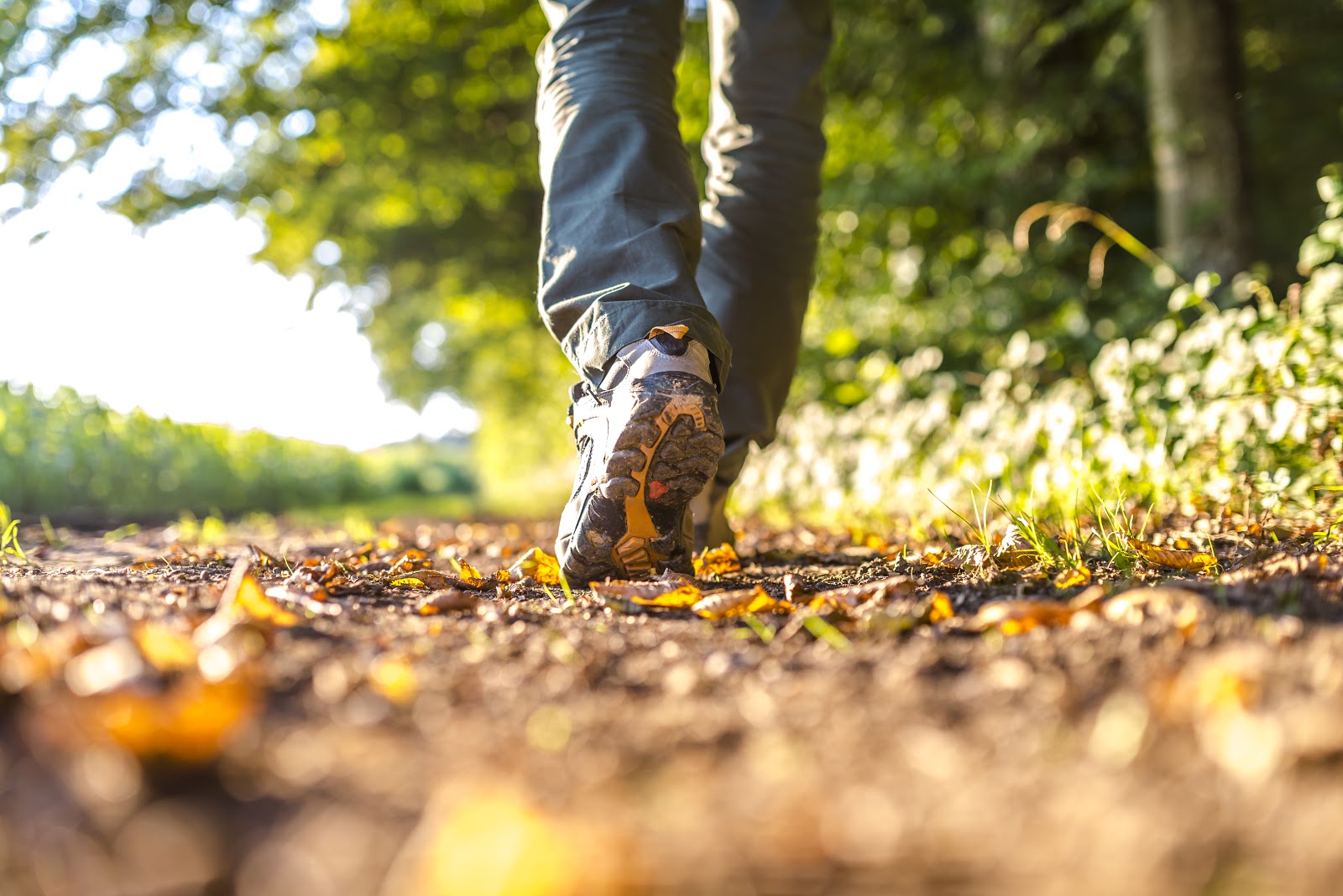Common problems caused by high heels
While high heels can cause a number of problems, the most common are:
Sesamoiditis — Sesamoiditis usually develops gradually with pain under the large toe, in the ball of the foot. Swelling or bruising may or may not be present. Straightening the large toe will be painful and difficult if left untreated.
Neuromas — Neuromas are caused by an inflammation of the nerves in the foot and cause pain, numbness, or tingling in the toes.
Metatarsalgia — Metatarsalgia results in pain, tingling, or numbness in the ball of the foot and toes, usually when standing, walking, or running. It may feel like walking over gravel or like stepping on a stone if localized to one spot.
Bunions — Bunions are particularly common for high heel wearers and form due to tight or ill-fitting shoes. The joint at the base of the large toe is under excess pressure, and the bones are forced out of alignment, creating a painful bump at the side of the foot along the base of this toe.
Hammertoes — Hammertoe is an abnormal bend of the toe, causing it to point downwards. Untreated, it may become permanent. It usually occurs in the second toe and is caused by a narrow toe box, or by forward force on the feet, pushing the toes against the front of the shoe.
Corns, calluses, and ingrown toenails — Corns and calluses are deformities where the skin has unusual thickening. They are often caused by excess rubbing of the skin against the inside of the shoe. Ingrown toenails occur when the toenail grows down and into the flesh. They cause pain, redness, and swelling.
Ankle sprains and fractures — Sprains and fractures from high heels usually result from a trip or fall, and the risk increases as the height of the heel increases or the width of the heel decreases.
If you still wish to wear high heeled shoes
The following steps will help reduce your risk for high heels-related injuries:
Get measured — Have your feet measured on occasion, both in length and in width, especially if you have gained or lost a significant amount of weight, or are or have recently been pregnant.
Try shoes on — Try on a variety of styles and brands. Spend time walking on bare floors such as the aisles between areas of the store, and seek heels with padding in the ball of the foot and in the toe box.
Width — Avoid pointed shoes as these are typically far too narrow for comfort or for healthy feet, and avoid shoes with an hourglass shape, as the narrowing causes instability.
Stretch — High heeled shoes put excess pressure and strain on the calf muscles and the tendons of the feet and ankles, especially the Achilles tendon. Stretch your calves regularly to avoid excess tightening.
Style — T-strap and Mary Jane styles have adjustable straps providing a better fit, and these styles offer better stability by keeping the arch centered, and by preventing your foot from sliding forward. Avoid stilettos or shoes with particularly narrow heels as they are not stable, are prone to breaking, and are far more likely to lead to ankle sprains and fractures.
Arch support — Look for a small, raised portion on the inner side to support and cushion your arch.
Whether you have suffered pain or injury from your high heels or for any other reason, the podiatrists at Kansas City Foot Specialists are here for you. Call us at 913-338-4440 today to schedule an appointment.



